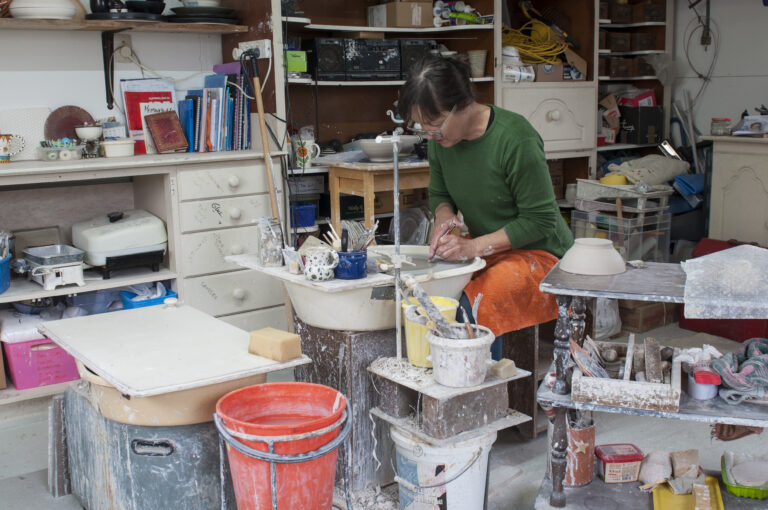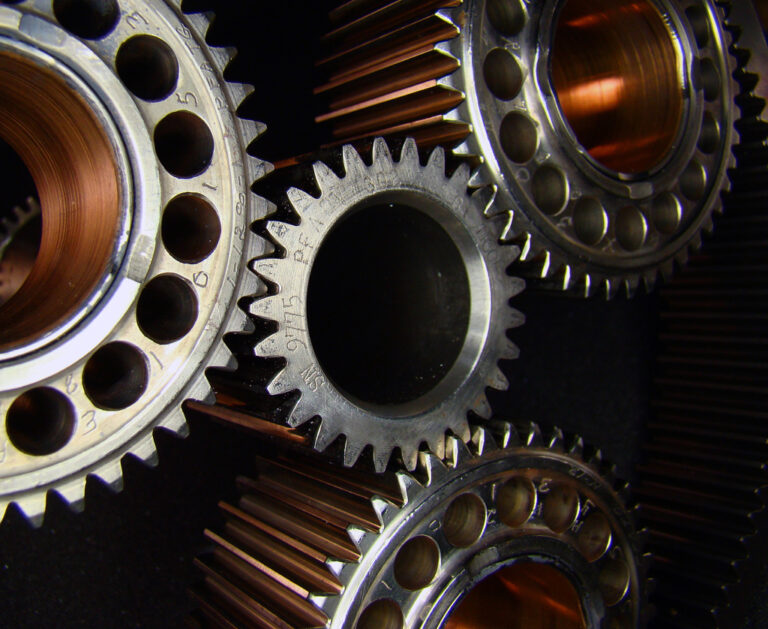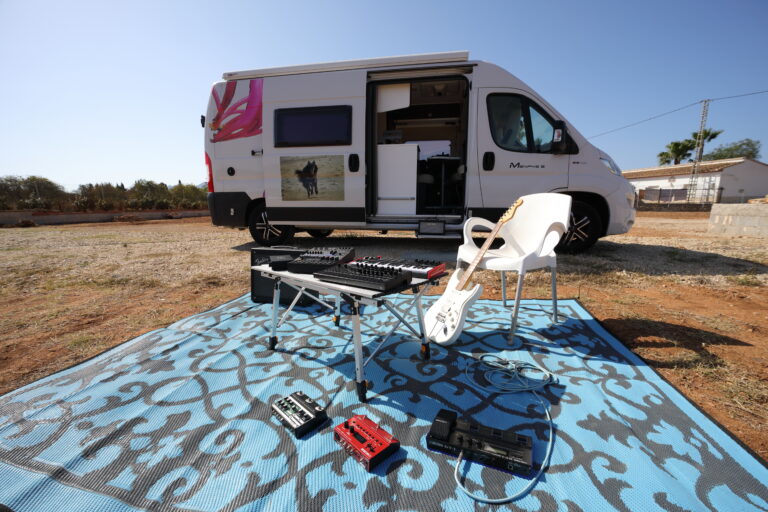My shed – Gary Norton
One man’s paradise: a shed crammed with vehicles in various stages of restoration. Classic Fords sit alongside a bevy of trucks and a unique build of a mini Kenworth. Jason Burgess visits a passionate Westie’s mega-sized shed.
“As shed sizes go, Gary Norton’s is a megastore. It needs to be, because, despite the square footage, space is at a premium, crammed as it is with “a bit of everything” and no end of enterprises in various states of progress.
There is a saying about the more you have, the more you are occupied. Luckily, Gary and wife Raewyn are as industrious as they come. They run their rural property as close to organic as possible. Even when they both worked full time away from their land, they still managed to raise 22 different breeds of chickens, rear calves, fatten sheep, and breed goats.”
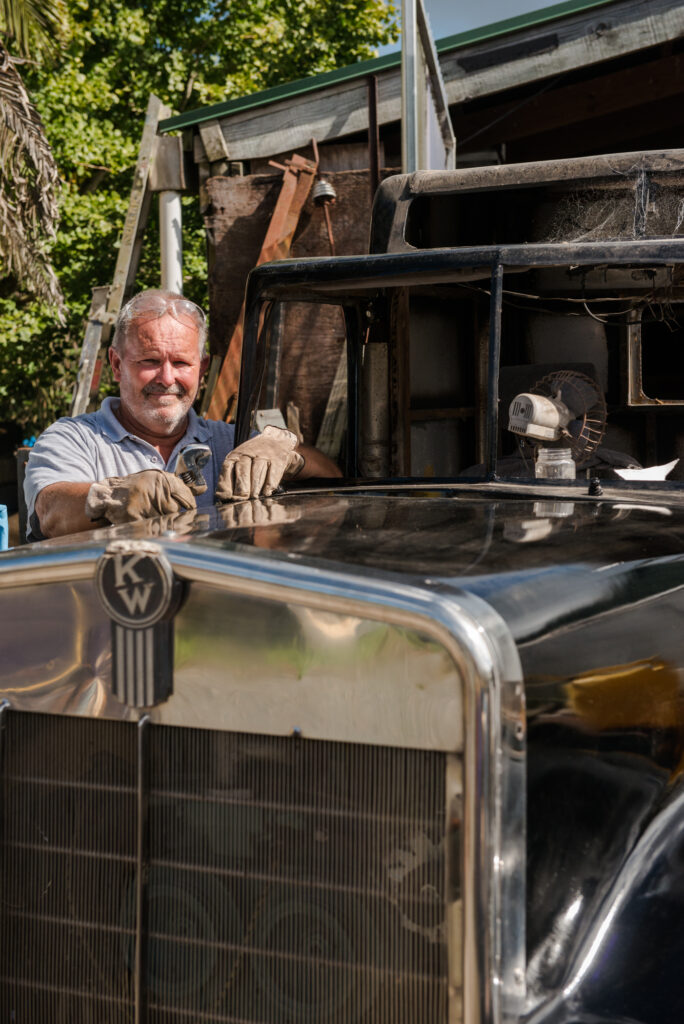
Crafting a lifestyle
Smart decisions on money and machinery are vital in setting up a commercial woodwork workshop. James Perry shares his journey and tips from when he set up his Mainland commercial woodworking workshop.
“It’s easy to have a dream for a new lifestyle; it’s a little harder to marry it to reality and actually generate income while enjoying it and staying loyal to your original concept.
My wife and I had a dream of selling handcrafted furniture. After completing a full-time course at the Centre For Fine Woodworking in Nelson and working for other fine craftsmen, we moved south from Nelson to Arrowtown and set up a woodworking venture.
People often ask us about how we made the crucial decisions in those early days – such as where to set up shop and how to allocate our limited budget for machinery.”
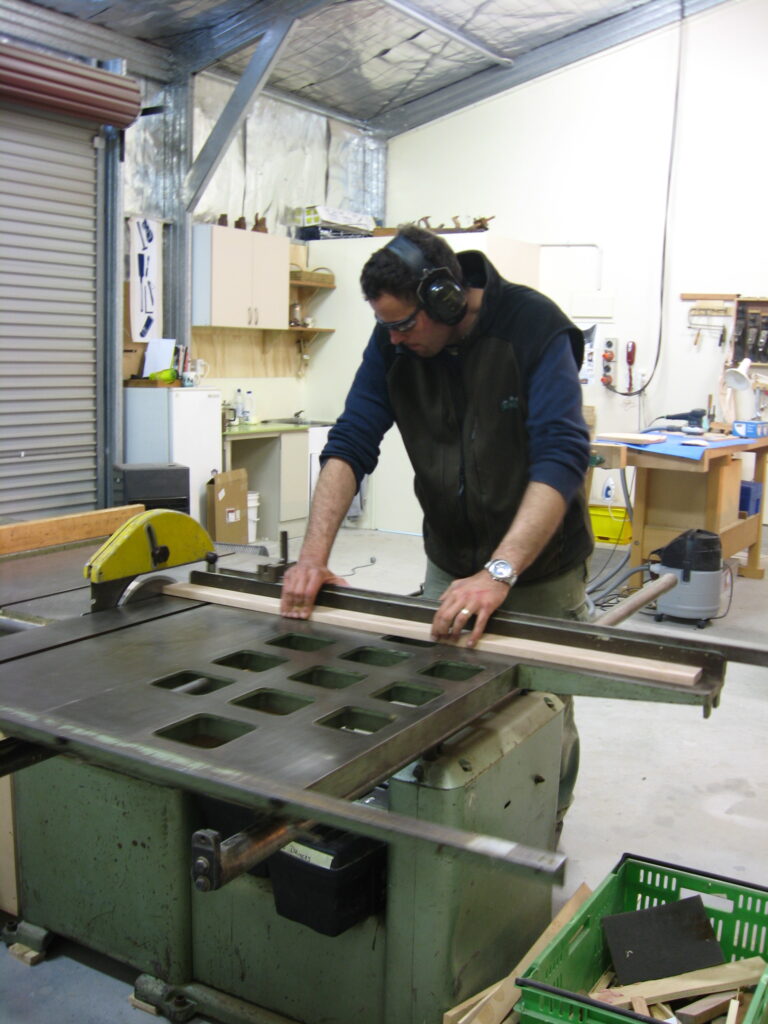
Software test: Alibre 101 Part 6
What your mother didn’t teach you about sweeping. Bob Hulme is loving using this software and in Part 6 tells us how to do Sweeping and not the sweeping you are already so familiar with.
“In part five of this series, we learnt about Lofting. Sweeping is kind of like Lofting, but it offers the ability to go around corners – in fact, just about any path you would like to stretch a shape out along.
To begin with, we will have a play about with Sweeping; then we will apply the technique to improve the vee pulley example that we have used in the past couple of parts in this series.“
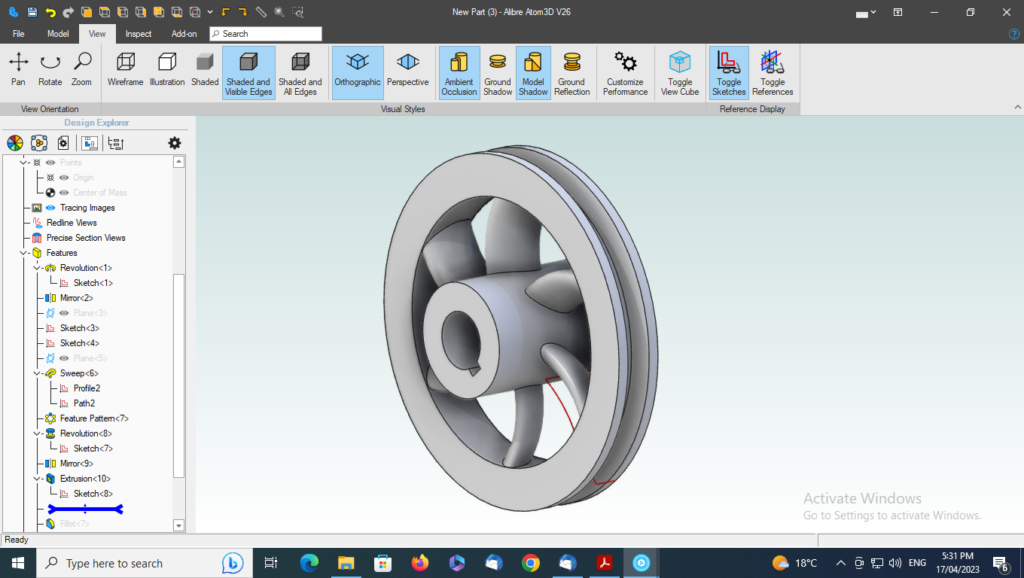
Build a winning go-kart
Lateral thinking and creativity come into the mix when you are trying to build a competition-beating machine. Richard Brown and family take up the challenge with a successful outcome.
“When it came time to upgrade my son’s grass racing kart, I had two options: spend some money and buy him something already race proven, maybe making some minor adjustments so it suited his driving position, or start with a fresh frame and build up a new one myself.
My choice was more or less decided due to a limited number of suitable grass karts for sale. It seems that kart racing has taken off in popularity, and our local club is no exception. With a rapidly growing membership and new faces at every meeting, getting your hands on an all-set-to-go grass kart is harder than ever. With that decision sorted, it was time to find a frame.”
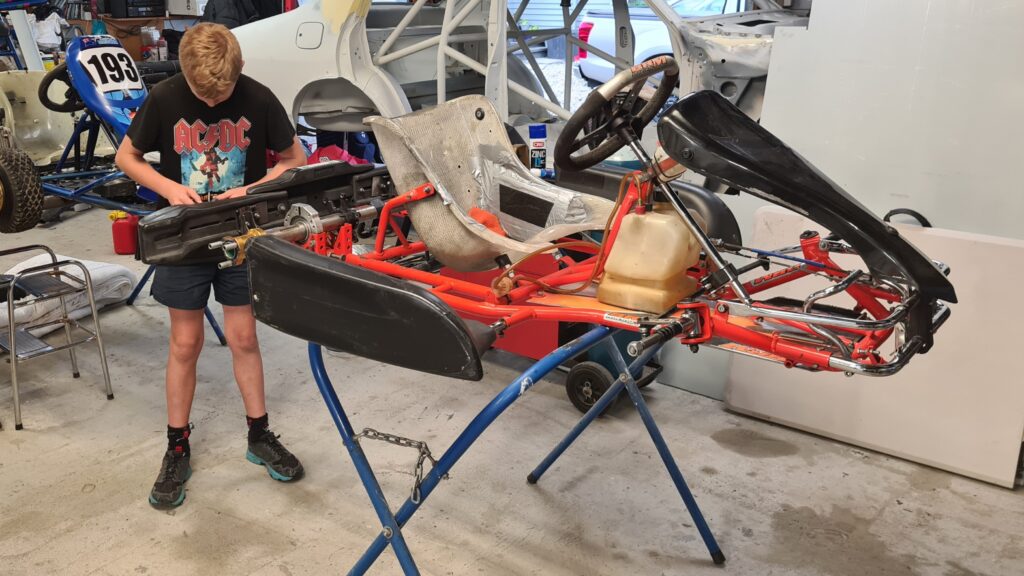
Building a shed – part 2: The case for lining
This ‘ultimate shed’ is future-proofed, based on the premise that it’s easier to add features during construction than face expense and disruption later on. In our penultimate instalment, Des Bromilow is up to wall linings and electrical instals.
“Many sheds are not lined, and for most this is not an issue. Given that my neighbours are reasonably close, and I live in a place with noticeable very hot summers, I looked at lining and insulating my shed as part of the project. I also knew that if I didn’t insulate the shed during construction, I would find it difficult to ‘get around to it’ once machines, power, etc. had been installed.
The first thing to do was insulate the north wall with the same type of insulation type as used on the roof. Care was taken to keep the insulation out of the cable ladder – now within the wall profile – so it did not create a significant derating issue for the cables once installed.”
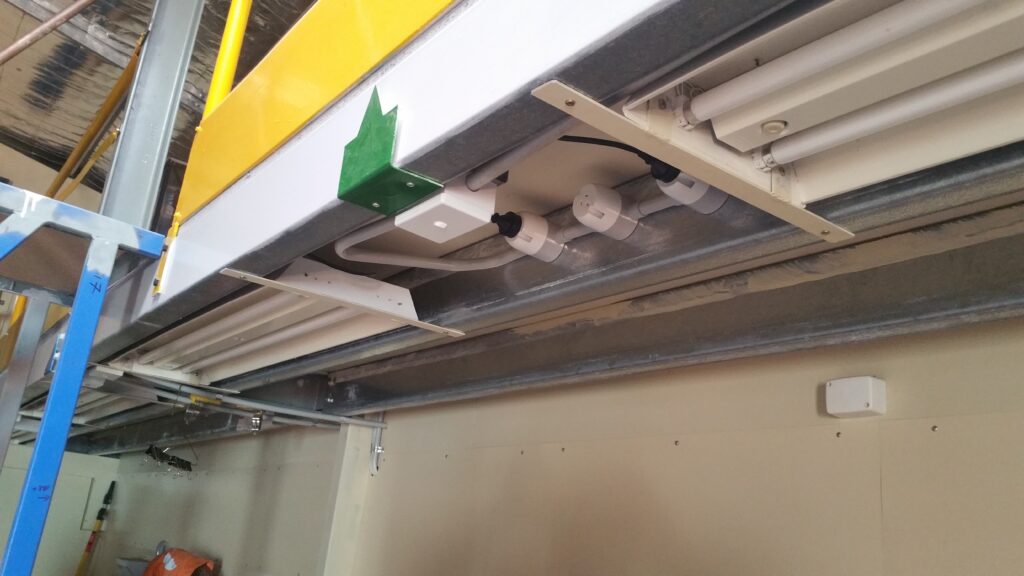
Milling timber for furniture: Macrocarpa makeover
It’s not easy to find a bench seat that’s comfortable, supportive, and tip-proof – but this just might be it. Mark Beckett completes his milled macrocarpa project with a stable bench seat.
“Readers may recall that back in late 2020 I was asked to help clear a few trees that had been felled next door. These were 80-year-old macrocarpa trees destined for firewood. However, several were far too good for firewood and we struck a deal to have them milled.
After the limbs were removed, the trunks were taken to a local mill and cut for flitches. One was longer and larger, so that was tagged for 70mm flitches, which would suit tables, and the other was cut at 50mm for bench seats. These were stacked with clean, untreated spacers and covered to dry out while the table was sorted – see The Shed, issue 92, September–October 2020.
Eventually the time came to make a couple of bench seats to go with the table.”
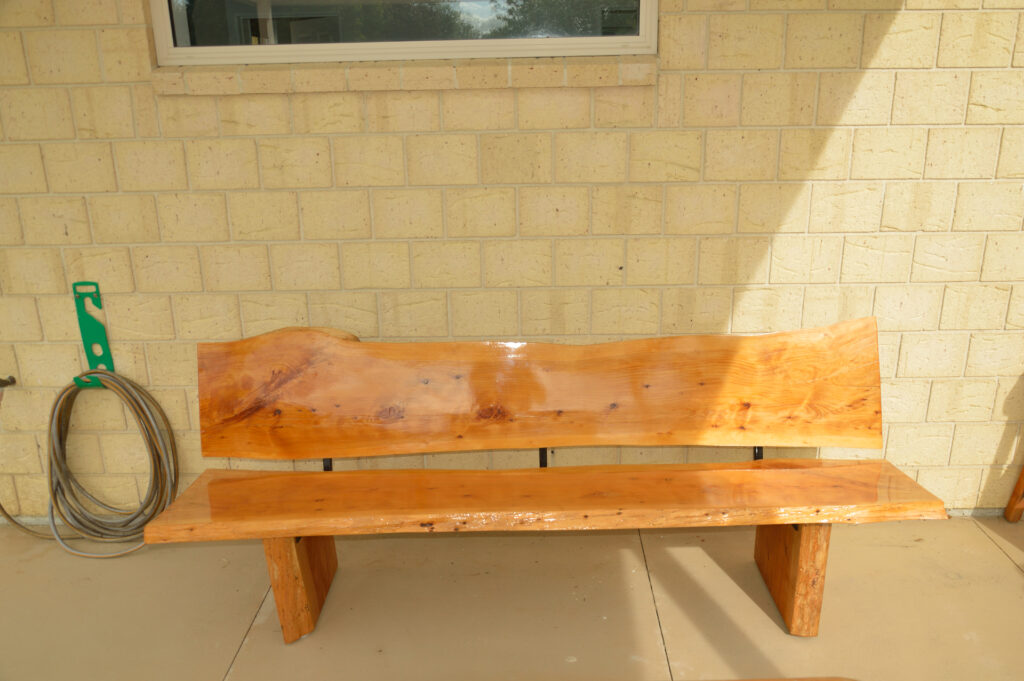
Electronics – Tales for makers, part six
In part six of Tales for makers, our expert uses 21st century technology to create a historic musical instrument, a steel drum
“In the Tales for makers chronicles, a legend tells that Ray met a strange building for worship during one of his adventures – not a temple, but something undoubtedly connected to the spirituality of the world he was exploring.
It was a majestic metal structure, as high as a five-storey house and as wide as a football field, and was positioned in the centre of a valley, surrounded by 11 – Ray was sure it was 11 – granitic columns.
During the celebration of important events, the valley filled with people, like fans at a rock concert; a monk stood firmly on top of every column, holding in their hands a long-handled hammer; following a perfect ceremonial synchronicity, they were able to create incredible melodies, hitting each hammer at different points on the monumental structure.
Regardless of their profound meaning, I imagined how spectacular these celebrations would be to experience; not difficult to imagine how the audience would have been moved. That is the reason I decided to build a real-world hammers bell.”
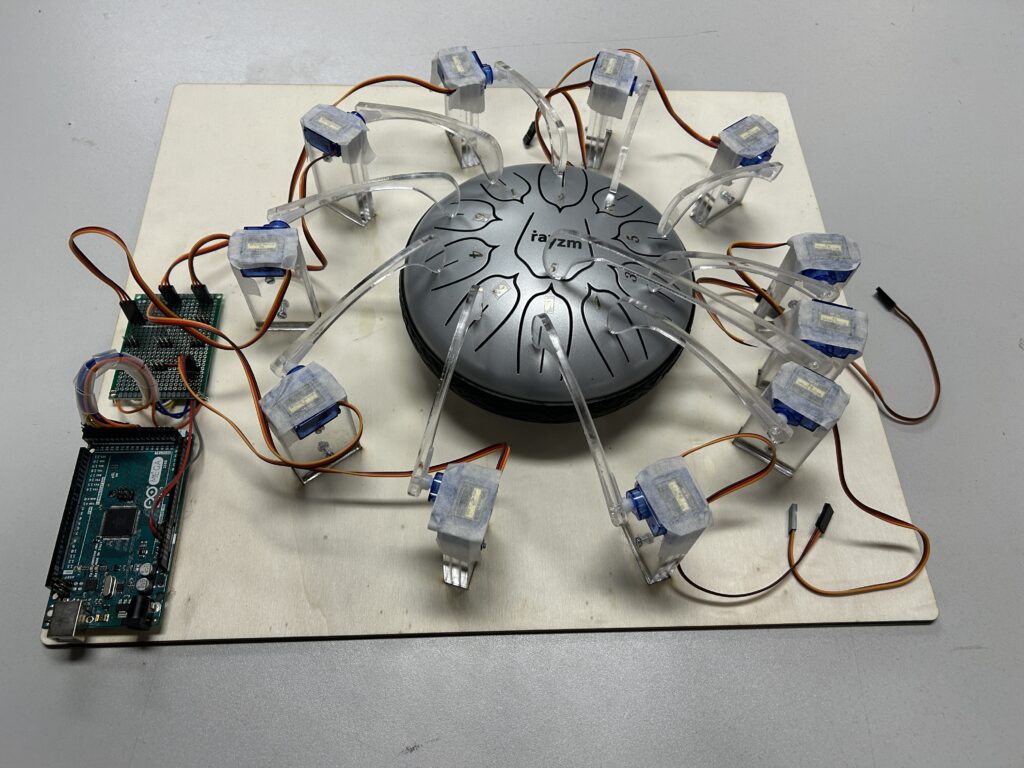
Off the grid: Garden parties and other things …
I went to a garden party … They all knew my name (Rick Nelson)
Murray Grimmond shares with us three social gatherings he recently attended with talented sheddies and old mates. There were lots of good times, memories and even cake.
“In two weeks, I’ve attended three gatherings – not that I had to leave home for the second one. They’ve made me think deep, long, and hard about community, friends, support, life, and priorities. So I told her I was moving out to the shed – just kidding!
The first ‘garden party’ was a ‘50 years of hang gliding’ reunion, limited to those of us who partook in the first decade: 1973–83. Talk about a bunch of old renegades ageing disgracefully. Interestingly, several of us were still sporting long hair; yet these days I can walk the length of Dunedin’s main thoroughfare and be the only one. What was it about that echelon of people? We congregated on a lifestyle block near Rangiora – a sea of remembered and part-remembered faces; stories being told and retold; those no longer with us remembered.”
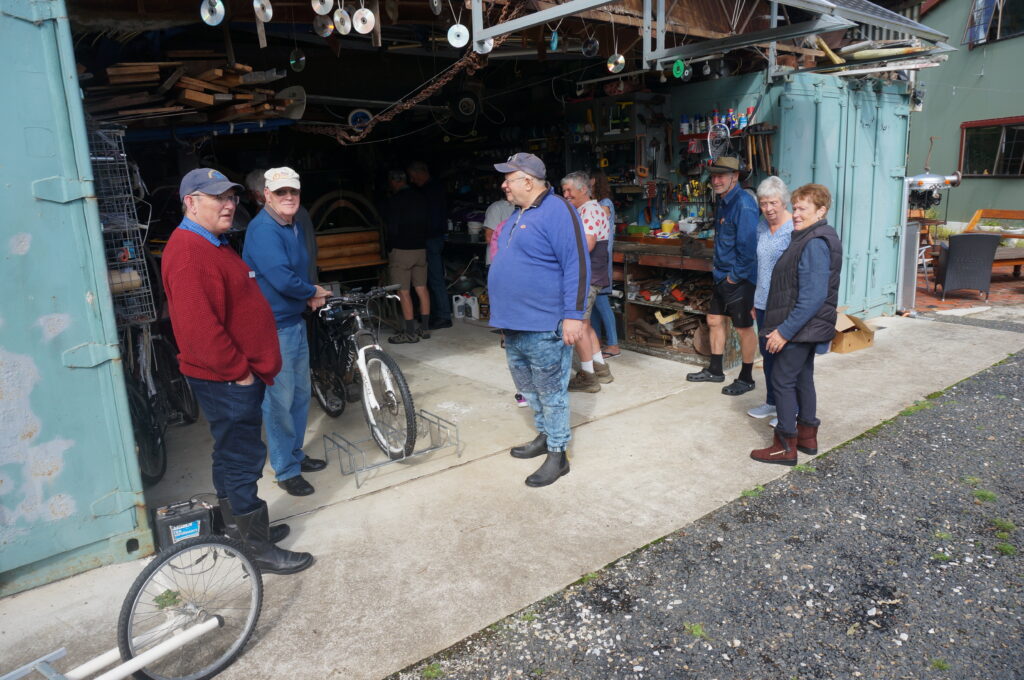
Installing wood-burners: A matter of the airshed
Ingenuity provides a solution in the balancing act between creating a warm home and contributing to air pollution. Ritchie Wilson longed for a wood burner for decades but thought he was not allowed one in Christchurch but, there is a way he can and we learn about his journey.
“The original version of our house was tiny – only slightly larger than the minimum size allowed in the city plan – so it wasn’t especially difficult to heat, despite not having double-glazed windows (a major mistake) and having cathedral ceilings.
When our house was built, night store heaters were the go. These contained heavy heat-retention bricks, made of some ferrous substance, which were heated with cheap night-rate electricity. The heat was released in a controlled manner during the day. One drawback of these heaters is that they are surprisingly expensive to install; another is that all-too-often they are heating a room that, because of unexpected warm weather, doesn’t need heating. So, you quite often pay for heating that isn’t required. Yet another drawback is that, in a large earthquake, the hot, heavy heaters can fall over – as ours did in the 2010 Christchurch earthquake, luckily not starting a fire.”

The Shed Shrink: Gary, the collector of ’70s cool
Mark Seek warns us not to leave it too late – set out on that adventure now. Gary is a sheddie who has reconnected again with motorbikes after 50 years of abstinence.
“In my recent travels, I met a bloke who reacquainted himself with two wheels after some 50 years in the doldrums. He decided it was time for a new adventure, and began the process of restoring a ’70s 100cc Honda XL. Retirement offers you the opportunity to play golf and be respectable – or, as the saying goes, ride a motorcycle and grow old disgracefully.”
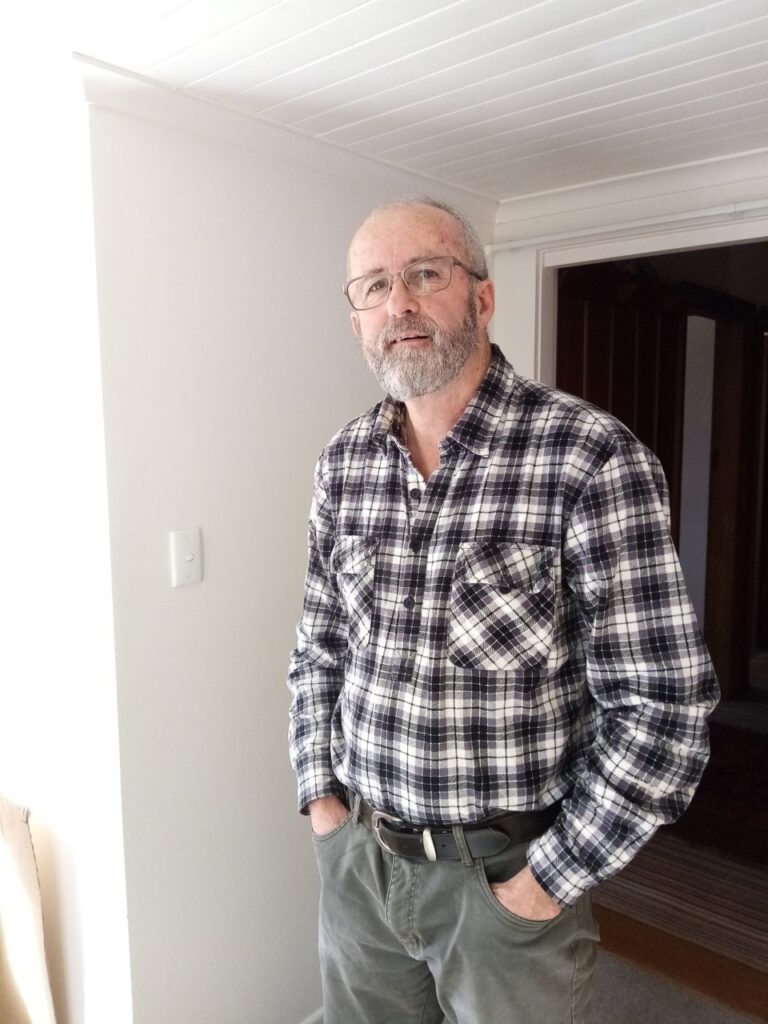
Pram restoration: Restoration reminiscences
An unexpected treasure found at a vintage car swap meet brings joy to several generations. Trever Stanley Joblin has restored many vintage and classic cars but never a baby’s pram… until now.
“I finished the body, axles, and wheels, and delivered the pram to my friend Wayne Patrick at Patrick Auto Trimmers in downtown Christchurch; a few months later, the earthquakes devastated the inner city, including Wayne’s large concrete block building!
“Well, that’s the end of Lorraine’s dolls pram,” I thought.”
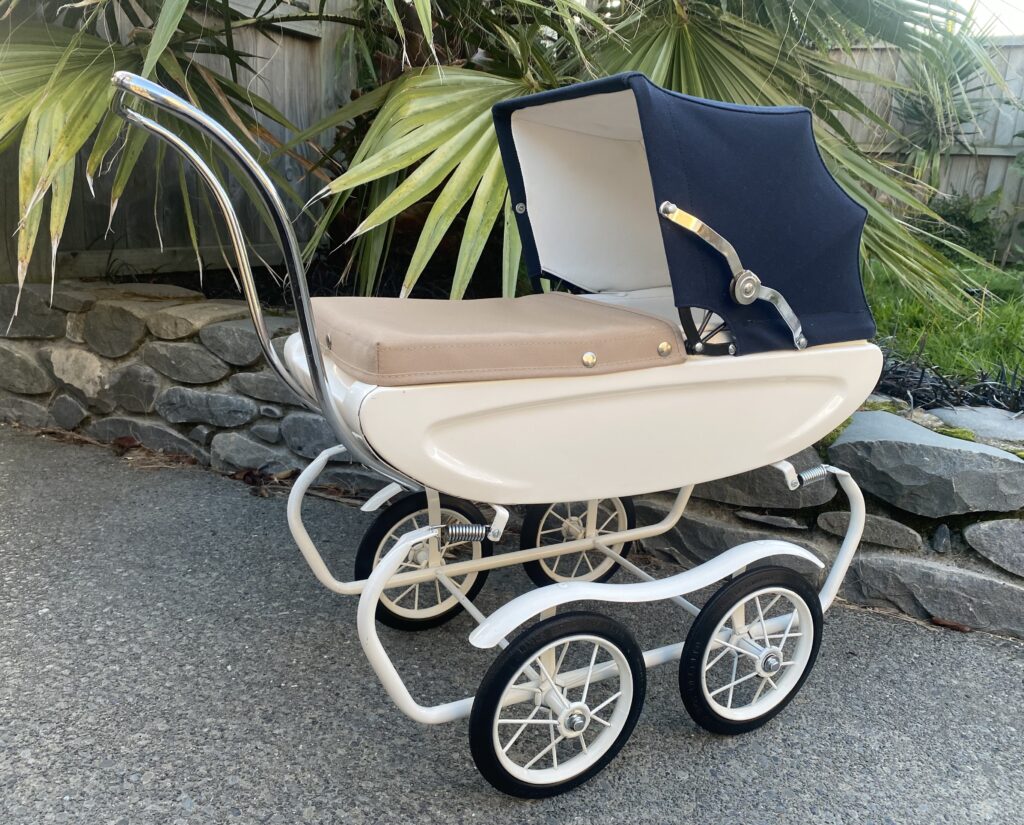
Model making: Model inspiration
A skilled craftsman has found a way to satisfy a car lover’s need to have their beloved nearby at all times. Quinton Taylor meets Gary Peterson of Invercargill who makes one-off unique models of clients’ modified cars and hot rods.
“Many of us petrolheads want nothing better than to be able to sit back when our mates visit and look at a miniature replica of the pride and joy we keep in the garage. Years ago, Gary recognised a need for a craftsman to create exact miniature replicas of our metal marvels. His hobby has taken him to all corners of New Zealand and its car culture, with many car lovers now calling upon his skills.”
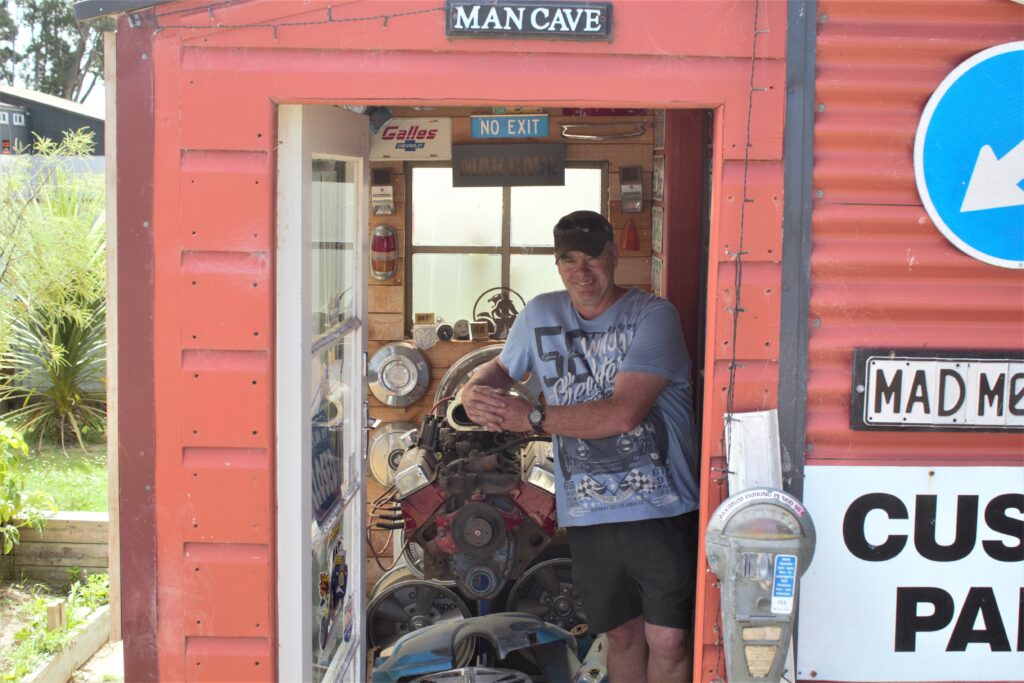
Back o’ The Shed: Over the ditch
Jude Woodside rejoices in the fact that Australia has relaxed the citizenship rules for Kiwis in Australia and the fact that Aussies love us again, well… sort of.
“So, our cousins across the ditch have decided that New Zealanders living in Australia can again become Australians and maybe participate in their economy as equals instead of being second-class citizens.
At present, New Zealanders who arrived after 2000 are entitled to no assistance from the Australian government in the form of either welfare benefits or free education – in spite of paying the same rate of tax as Australians. In many respects, we are treated worse than any other immigrant group. In my view, this situation was solely due to some nasty xenophobia spread by certain conservative politicians looking for someone to hate.”
To purchase a copy of this issue, a back issue or subscribe to a print or digital version of The Shed magazine, head to our online shop.


